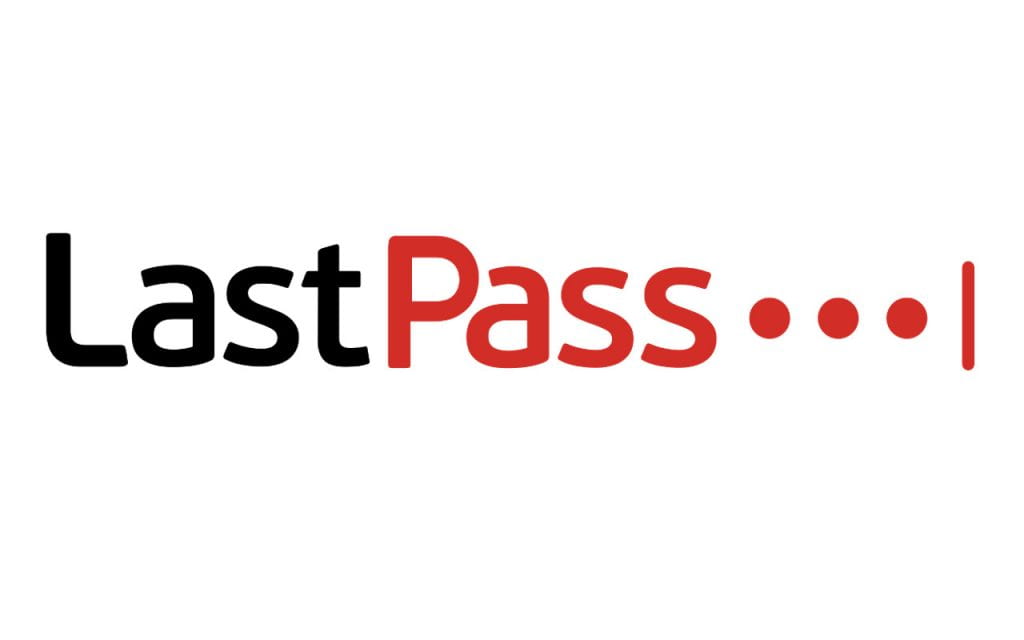SJSU IT Colleagues,
I know It’s been a challenging two-and-a-half months for all of us, but you’ve managed to do some incredible work while telecommuting. Your flexibility, dedication, and positive spirit to SJSU have not gone unrecognized. I appreciate everything you’ve done and I know that all these changes to remote work will help protect you, your families, and the campus community. Thanks to your hard work, our students were able to connect with faculty and complete the Spring semester.
I also want to recognize the anxiety many of us are feeling. The state of California has reported a $54 billion shortfall, which will have consequences that impact all of us. I can’t speak to what that fallout will look like for our division or our campus, but I can tell you that SJSU’s leadership understands the important role technology plays for our campus and will play moving forward.
Now I want to share what’s coming next. There’s a lot of uncertainty about the “New Normal,” Fall 2020, and beyond. One of the biggest questions was answered when Chancellor White announced that all 23 CSU campuses will be a hybrid model and mostly online through Fall 2020. The Chancellor’s announcement is in line with the current digital transformation we’ve been engaging in for the last 3 years to allow our students, faculty, and staff to teach, learn, and work anywhere. This plan builds upon our 3-year journey of transformation by focusing on six key areas critical to SJSU’s ongoing success. The goal is to give us a roadmap for continuing to support the university throughout this crisis and beyond.
1. Online Transition and Process Improvements
First off, we’ll continue to provide the best solutions for students and faculty for online learning, for employees working remotely, or for those that come to campus. We’ve been successfully digitizing processes across departments, thanks to Ryan Campbell, Jocelyn Tom, and Leon Nguyen. The OnBase and DocuSign team has been doing great work in this area (they won the Team Sparta Award). We need to ramp up that collaborative spirit to help other departments operate remotely more efficiently.
2. Teaching and Learning
We are evaluating key technology solutions that enable a flexible approach, given our hybrid model. Faculty have done an admirable job with the sudden switch to online, including their ability to move the classroom experience online with virtual labs, thanks to the work done by Tristan Orlino. We’ll be looking into a number of tools to further enable that online teaching experience, including enhancing virtual labs. We’ll also be working very closely with Academic Affairs to expand PeopleSoft integration so our university can offer more online degree programs.
3. Customer Service
We’re enhancing our customer service model to improve hybrid teaching and telecommuting experiences. Thanks to the entire customer service team, including Jason Ferguson, Sharon Watkins, Mario Rivas, Alfred Eclipse, Bruce Gardner, Kirk Nguyen, Lor Vang, and Patrick Ho, who have already built some of this structure. Enhancing this area means expanding coverage hours with instant virtual communications and developing basic remote support for home networks and home devices. We’re also building on the success of our Personalized Zoom Security Checkup by expanding it beyond Zoom and opening it up to both students and faculty.
4. Engagement
The goal for engagement is to create and expand a digital communications platform that supports both on-campus and remote engagement. Thanks to Andy Trembley’s work as our Google and Zoom admin, we’ve been able to finish the semester with Zoom and Hangouts Meet. As we look forward, we need to provide even better tools to replace at least part of the campus experience. That means looking into virtual event management platforms for things like job fairs, onboarding, commencement, and more. Joel Johnson and his team are looking into queue management systems to let people get in line virtually, ping them when it’s their turn at the window, and let them step back in line. This has obvious uses in light of COVID-19, but would be a useful tool when we’re back on campus well.
5. Information Security
We’ll also be continuing to increase layering beyond our campus walls to enhance the information security program for remote learning and remote working. Cybersecurity is going to be a very large part of our behind-the-scenes work, and we’ve already made lots of progress thanks to Michael Hastings and Janice Lew. We need to extend our strategy to be even more comprehensive and think about how we can help protect our students, faculty, staff, and researchers beyond the workspace and into their homes. For summer, we’ll be looking to use Okta single sign-on in more places and start rolling out Duo for students, a project being coordinated by Maggie Panahi.
6. Hardware, Software, and Infrastructure
We’ve made great strides in this area thanks to Cuong Doan, An Nguyen, Sean Davis, Steve Chang, Tam Vu and the entire infrastructure service team. But obviously, we never expected our new infrastructure to be utilized so heavily and so quickly. Like in every other area, COVID-19 has changed everything in this area. We are accelerating our existing technology and infrastructure strategy through innovative, cutting-edge solutions. We’re expanding our virtual storage environment, our licenses, and our Desktop-as-a-Service capabilities.
As you may have noticed, a lot of these projects are just building on what we’ve already been doing. Our strategy has always been to increase the agility and mobility of our university. Now we need to amplify and accelerate that strategy to support SJSU moving forward. Folks across the university will be looking to SJSU IT to provide innovative solutions that enable their success. Let’s show them how we’re building on the success we’ve already achieved.
I hope you all continue to stay safe. Please reach out to me or to your manager if you need anything.
Thank you.
Best regards,
Bob Lim
